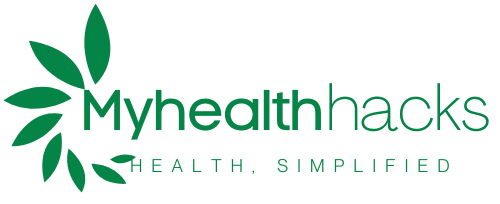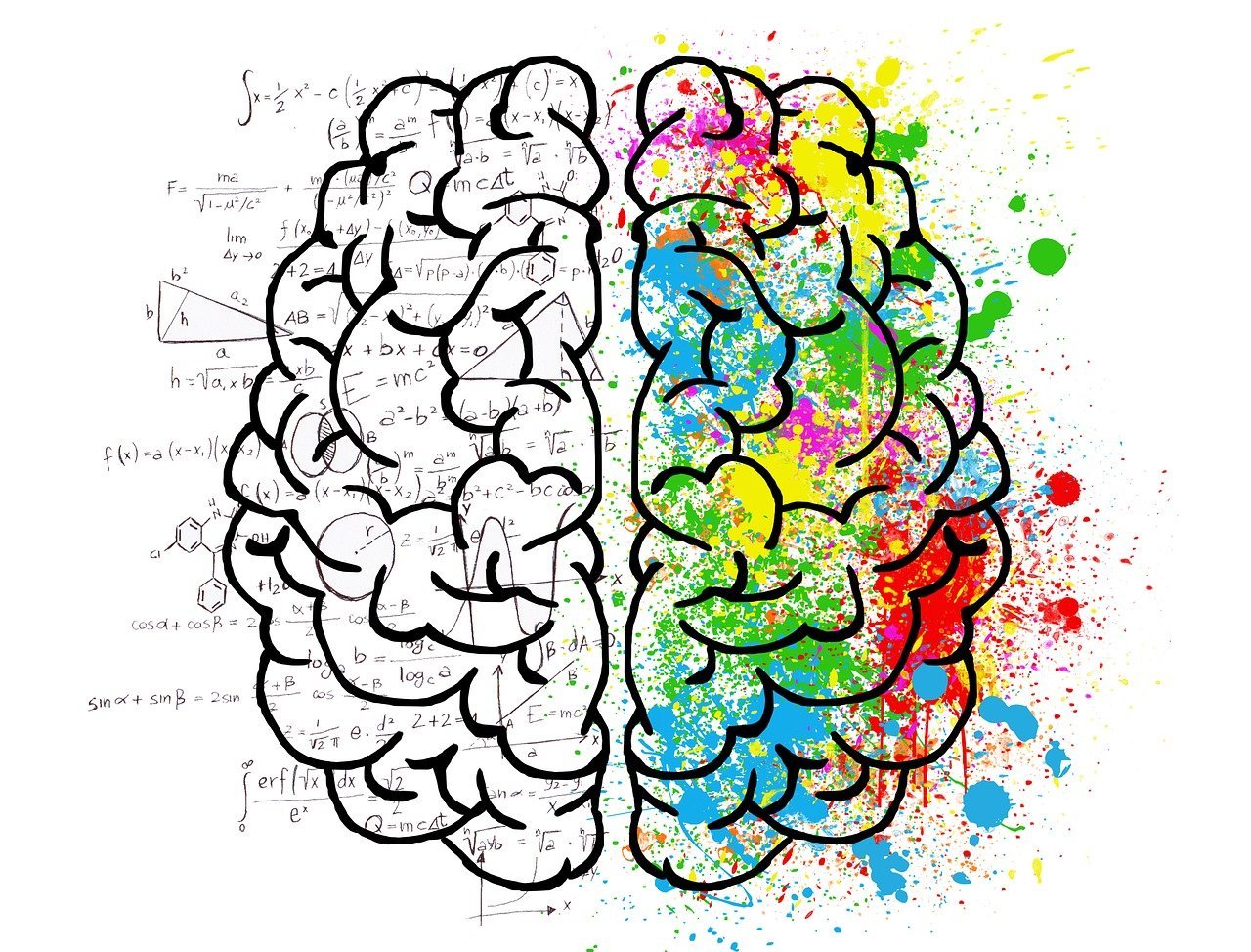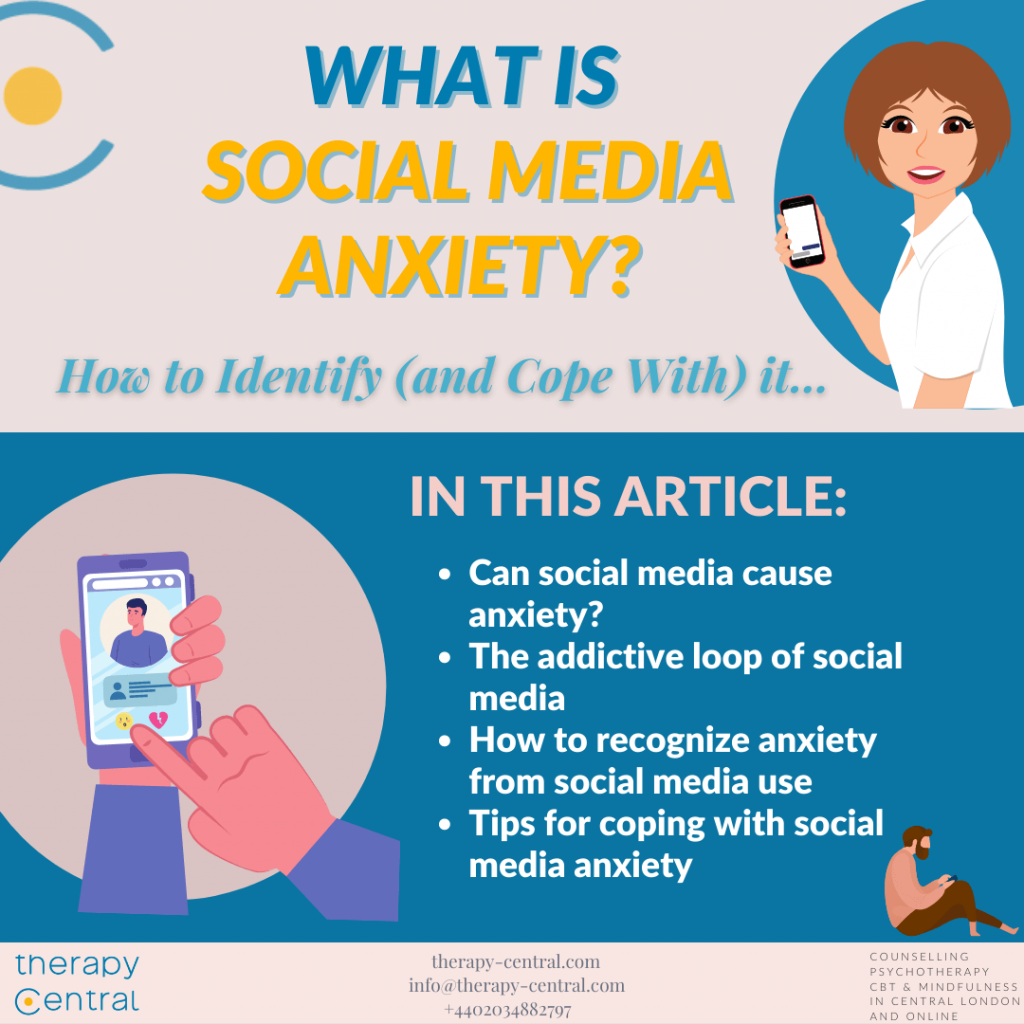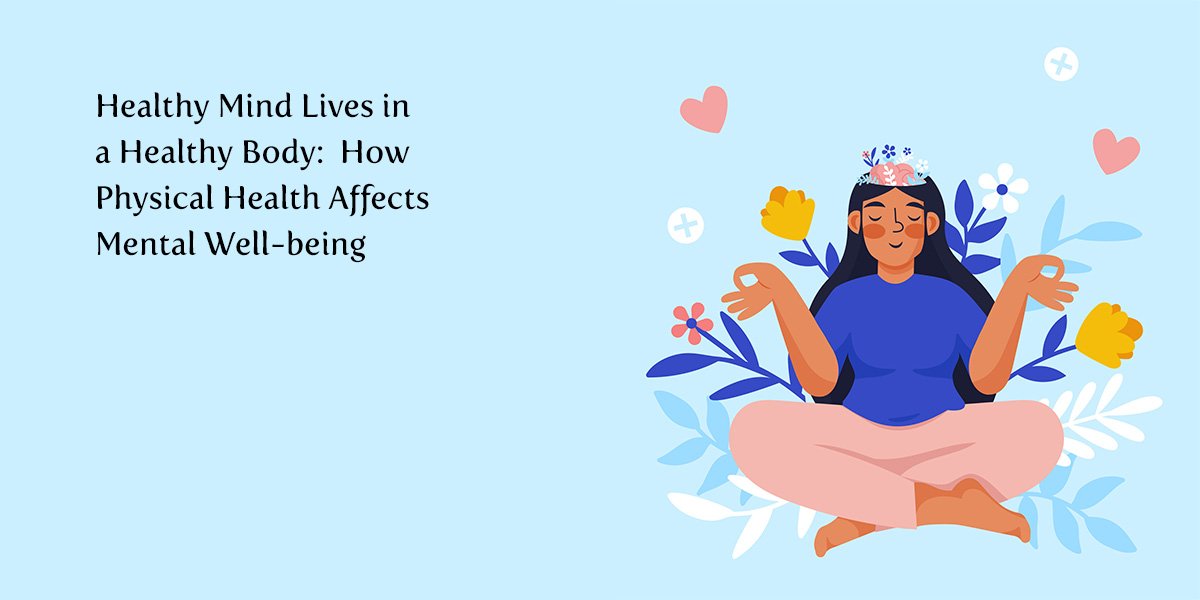In today’s fast-paced world, mental wellness is no longer a luxury — it’s a necessity. Mental wellness refers to a dynamic state in which one can realize one’s abilities, cope with normal stresses of life, work productively, and contribute to one’s community. (Global Wellness Institute)
While clinical mental health care is vital when needed, many people can bolster their everyday resilience and emotional well-being through regular, intentional activities at home. In fact, lifestyle and behavioral strategies — such as sleep hygiene, diet, physical activity, social connection, and mindfulness — have a strong evidence base for supporting mental health. (PMC)
Below I present a curated set of mental wellness practices you can do in your own space, along with explanations of how they work, tips to get started, and cautions to bear in mind.
Why Mental Wellness Practices Matter
Before diving into specific activities, it’s helpful to understand why these micro-practices matter and how they help.
- Neurochemical and physiological effects: Physical activity, breathing exercises, and sleep regulate stress hormones (e.g. cortisol) and boost beneficial neurotrophins, which support mood and cognitive function. (PMC)
- Cognitive restructuring: Practices like journaling or gratitude help you observe and reframe negative thinking, which is foundational in many psychotherapy approaches. (PositivePsychology.com)
- Social buffering: Even home-based connection (calls, messages, shared rituals) strengthens social support, which buffers stress and improves outcomes. (Frontiers)
- Habits and consistency: Mental wellness builds cumulatively. Small daily habits lead to long-term resilience and flourishing. (ScienceDirect)
With that foundation in mind, let’s move into concrete activities and routines.
1. Mindful Breathing and Body Awareness
Why it helps
Mindful breathing—simply paying attention to the breath—activates the parasympathetic (rest-and-digest) nervous system. This helps downregulate stress responses and calm the mind. (PositivePsychology.com)
Similarly, body scan meditations or interoceptive awareness practices help you notice physical tension and release it, anchoring you into present awareness.
How to practice
- Box breathing: Inhale for 4 counts, hold for 4, exhale for 4, hold for 4 — repeat 5–10 cycles.
- 4-7-8 breathing: Inhale 4, hold 7, exhale 8; repeat 5 times.
- Body scan: From head to toes (or vice versa), slowly shift attention through each body region, noticing sensations without judgment.
Start with 3–5 minutes daily, ideally in a quiet corner or before sleep.
2. Journaling, Gratitude, and Expressive Writing
Why it helps
Writing helps externalize thoughts, reduce rumination, and create psychological distance, allowing you to see patterns or reframes. Gratitude journaling in particular boosts positive emotions and life satisfaction. (PositivePsychology.com)
How to practice
- Free writing: Write for 5–10 minutes nonstop, about whatever is on your mind.
- Prompted journaling: Use prompts like “What am I feeling right now?” or “What three things went well today?”
- Gratitude list: Write 3–5 things you’re grateful for each evening, however small.
- Emotional letter: Write to yourself or a situation, expressing things you often avoid; don’t necessarily send it.
Tip: keep your journaling private and judgment-free. The less self-censorship, the more insight.
3. Movement, Stretching, and Home Exercise
Why it helps
Exercise is one of the most robust lifestyle interventions for mood, sleep, and anxiety. Systematic reviews show that even moderate aerobic activity reduces depressive symptoms and improves overall mental health. (PMC)
Beyond formal exercise, gentle movement (stretching, yoga, dance) releases tension, improves circulation, and nudges you out of stuck postures.
How to practice
- Daily walk or jog (indoors or outdoors) for 20–30 minutes.
- Yoga or stretching routine: Focus on breath + poses that open chest, back, hips.
- Bodyweight circuit: 3–4 moves (squats, lunges, pushups, planks), 2–3 sets.
- Dance or free movement: Put on music and move spontaneously for 5–10 minutes.
Be consistent rather than extreme. A little movement daily is better than occasional intense workouts.
4. Mindfulness, Meditation & Guided Visualizations
Why it helps
Mindfulness practices cultivate nonjudgmental, present-moment awareness. Over time, they increase emotional regulation, decrease rumination, and help you respond (rather than react) to difficult thoughts or feelings. (PositivePsychology.com)
Guided imagery or visualizations let you mentally “step out” from stress into calmer inner scenes.
How to practice
- Guided meditation apps or recordings (start with 5–10 minutes).
- Focus on a candle flame or object (Trataka in yoga traditions).
- Visualization: Imagine a safe, calming place in detail (sights, sounds, textures).
- Loving-kindness (Metta): silently offer wishes of well-being to self and others.
5. Creative Expression: Art, Music, Craft
Why it helps
Creative expression taps into subliminal emotional realms. Drawing, painting, singing, playing instruments, crafting, or collage-making can help process feelings nonverbally and foster flow states. (PositivePsychology.com)
These activities divert energy from rumination into generative, embodied outlets.
How to practice
- Keep basic art supplies (sketchbook, colored pencils, watercolors) handy.
- Play an instrument or sing along to favorite songs.
- Try adult coloring books, collage, or scrapbooking.
- Write poetry, short stories, or visual journals.
- Do simple crafts like origami, knitting, or clay modeling.
Don’t aim for mastery — the point is expression, not perfection.
6. Digital Detox, Boundaries, and Slowing Down
Why it helps
Incessant screen time and notifications overload our attention and provoke stress. Periodic digital detox strategies restore focus, reduce cognitive fatigue, and deepen presence. (Mayo Clinic)
How to practice
- Schedule “no-screen” windows (e.g. first 30 min after waking, last hour before sleep).
- Turn off nonessential notifications or mute apps.
- Use a physical journal instead of digital notes.
- Limit time on news or social media to specific, intentional slots.
- Replace screen time with analog activities (reading, walking, conversation).
7. Sleep Hygiene & Relaxation Rituals
Why it helps
Quality sleep is foundational to emotional regulation, memory, and stress resilience. Disrupted or insufficient rest undermines mood and cognitive function. (PMC)
Relaxation rituals (warm baths, gentle stretching, music) act as a cue for your nervous system to wind down.
How to practice
- Maintain consistent bed and wake times.
- Create a wind-down routine: dim lights, gentle stretching, herbal tea, no screens.
- Use calming scents (lavender, chamomile) or essential oils.
- Keep your bedroom cool, dark, and quiet.
- Use progressive muscle relaxation (tensing and releasing muscle groups).
- Write a short “worry list” before bed to offload intrusive thoughts.
8. Social Connection & Meaningful Rituals at Home
Why it helps
Humans are social beings. Sharing, comforting, talking, and collaborating all reduce feelings of isolation and increase belonging. Social support has a reliably protective effect on mental health. (Frontiers)
Meaningful rituals (meals, shared gratitude, storytelling) deepen ties and reinforce purpose.
How to practice
- Schedule regular check-ins (calls, video chats, letters) with friends or loved ones.
- Do a shared activity (cooking, board game, walk) with housemates or family members.
- Start a weekly “gratitude circle” or reflective discussion.
- Create small rituals (morning tea, evening reading together) to anchor connection.
- Join or form a virtual interest group (book club, music, language).
9. Cognitive Exercises & Mind Games
Why it helps
Challenging your brain through puzzles, mind games, or learning stimulates neuroplasticity, builds a sense of mastery, and offers constructive focus. (Discovery Mood & Anxiety Program)
How to practice
- Do crosswords, Sudoku, logic puzzles.
- Learn a new language using apps.
- Try memory games or brain-training exercises.
- Play strategic board games or card games (solo or with others).
- Explore new topics via reading or self-study.
10. Cultivating Purpose, Self-Compassion & Intention
Why it helps
Meaning and self-kindness anchor mental wellness. When life feels chaotic, returning to your core values or setting small intentions helps align your actions and reduce inner conflict. Self-compassion reduces negative self-talk and fosters emotional safety.
How to practice
- Write a short personal mission, philosophy, or mantra.
- Each morning, set an intention (e.g. “Today I will notice small joys”).
- At the day’s end, reflect: “What did I learn? What helped me?”
- Practice self-compassion: as you would speak to a friend in distress.
- Use guided meditations or journaling focused on self-kindness.
Example Structure of a Weekly At-Home Mental Wellness Routine
| Day | Morning (5–10 min) | Midday / Afternoon | Evening / Wind-down |
|---|---|---|---|
| Monday | Breathing + intention setting | Walk / stretch + journaling | Relaxing ritual + gratitude |
| Tuesday | Body scan + mantra | Creative time / reading | Digital detox + sleep ritual |
| Wednesday | Yoga / movement | Social check-in / call | Mindful journal + visualization |
| Thursday | Gratitude + breathing | Puzzle / learn something new | Self-compassion exercise |
| Friday | Meditation + intention | Dance / movement break | Connection / shared ritual |
| Saturday | Longer walk or exercise | Art / music / craft | Long relaxation bath + reading |
| Sunday | Reflective journaling | Combine favourite micro-activities | Plan upcoming week + wind-down |
You can adapt durations and combinations based on your energy, space, and preferences. The key is consistency and a mindset of caregiving toward your internal life.
Digestive Gut Health 101: Nutrition, Microbiome, and Lifestyle for Better Health
Practical Tips & Best Practices
- Start small: Even 2–5 minutes per practice is beneficial. Overdoing leads to burnout.
- Anchor to existing routines: Attach a new practice (e.g. journaling) to a regular habit (e.g. after brushing teeth).
- Track gently: Use a habit tracker or simple checklist to maintain accountability.
- Be flexible: Some days you’ll feel more energetic; other days, slower. Honor that.
- Avoid comparison: This is your path; don’t judge it by others’ routines.
- Combine modalities: For example, walk + podcast, or art + music — synergy helps.
- Seek professional help when needed: These practices support, but do not replace, therapy or medicine when necessary.
Embedded Video (Guided Meditation Example)
Here is an example of a guided meditation video you can use at home. You can embed or watch it in a separate window.
This particular video (Gentle morning mindfulness) offers a 10-minute guided practice you can mirror. (Feel free to adjust to your preferred style, length, or tradition.)
Scientific & Expert References (Outbound Links)
Below are authoritative resources for you to explore further:
- Mayo Clinic – Relaxation techniques: A good overview on breathing, muscle relaxation, and guided imagery.
- PMC — Role of lifestyle/behavior in mental health: A peer-reviewed review summarizing evidence on diet, exercise, sleep, and more.
- NHS — Five steps to mental wellbeing: Public health guidance on mental wellness strategies.
(You may hyperlink them in your final article.)
Conclusion
Mental wellness is not a fixed state but a living ecosystem of habits, choices, growth, and connection. While external stressors are inevitable, the buffer you build through these at-home practices can make the difference between feeling overwhelmed or resilient.
Start with small practices you feel drawn to. Prioritize consistency over intensity. Over weeks and months, you’ll likely notice shifts: more calm, sharper focus, better mood regulation, deeper rest, and gentler self-relationship.
If ever the emotional load feels too heavy, please consider reaching out to a mental health professional. These self-care practices are complements — not replacements — for needed therapeutic or medical support.




